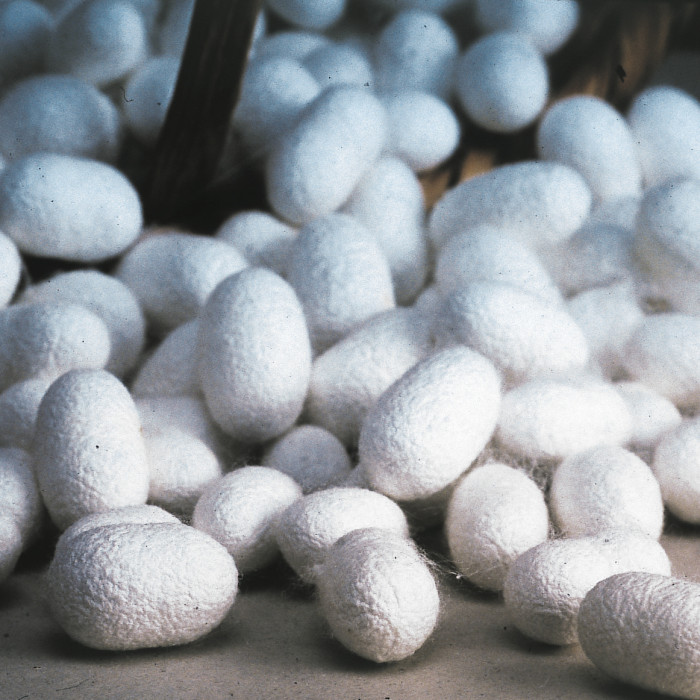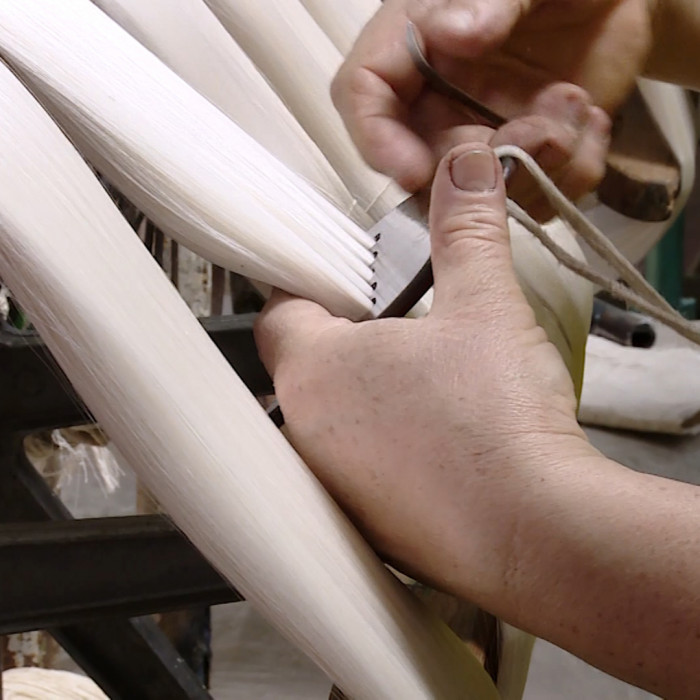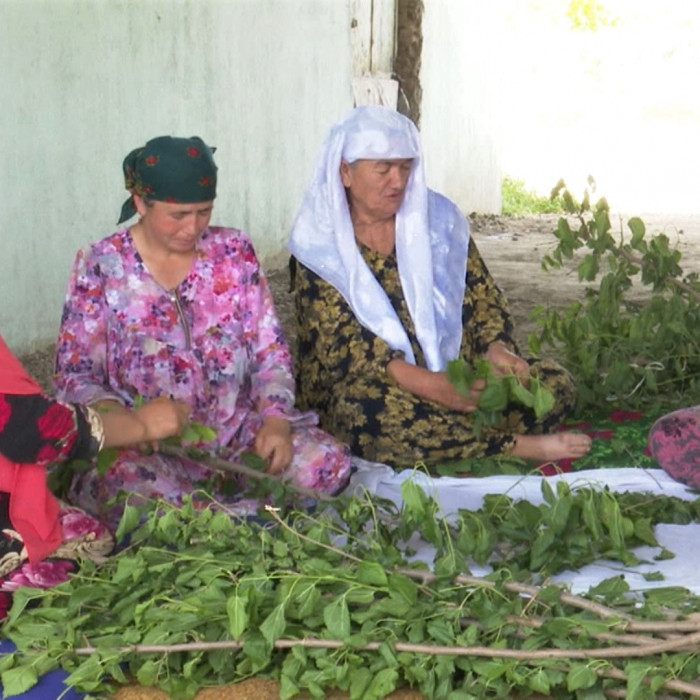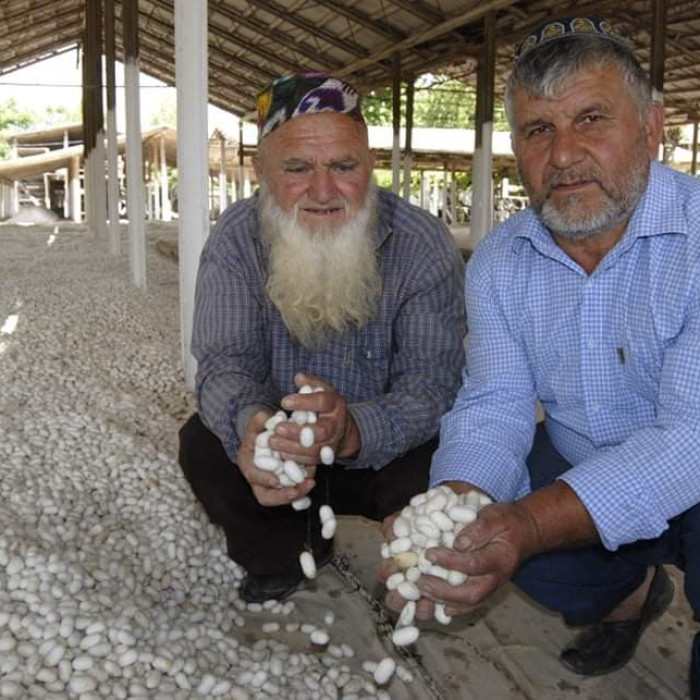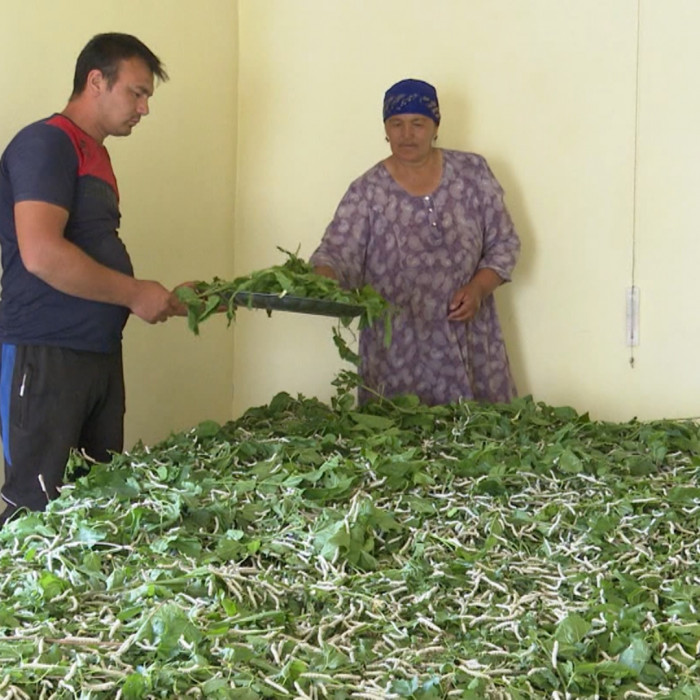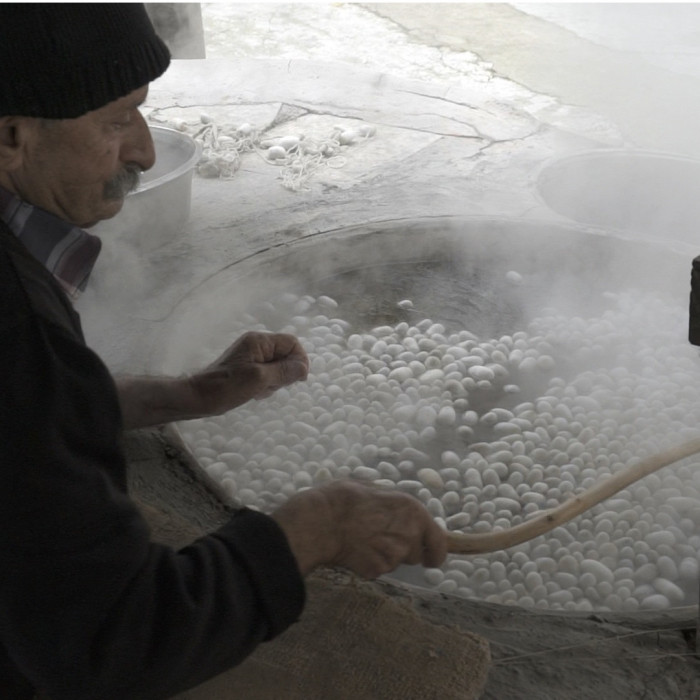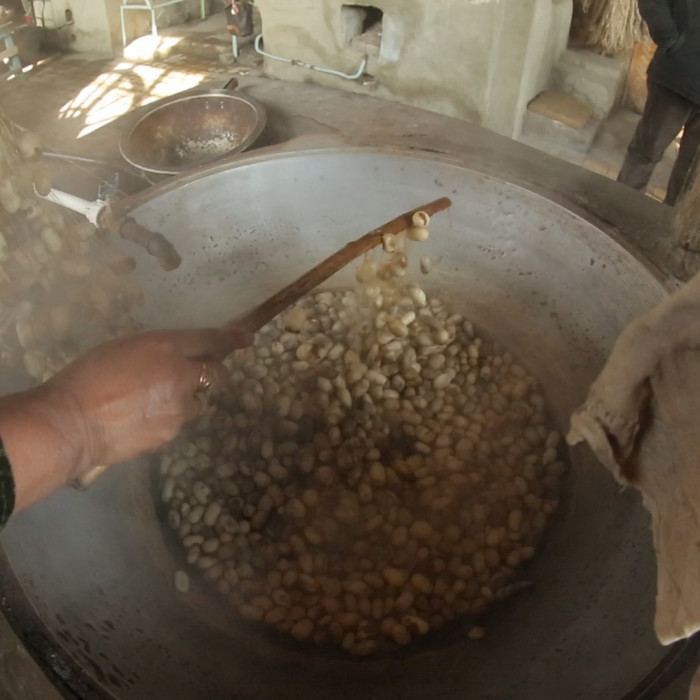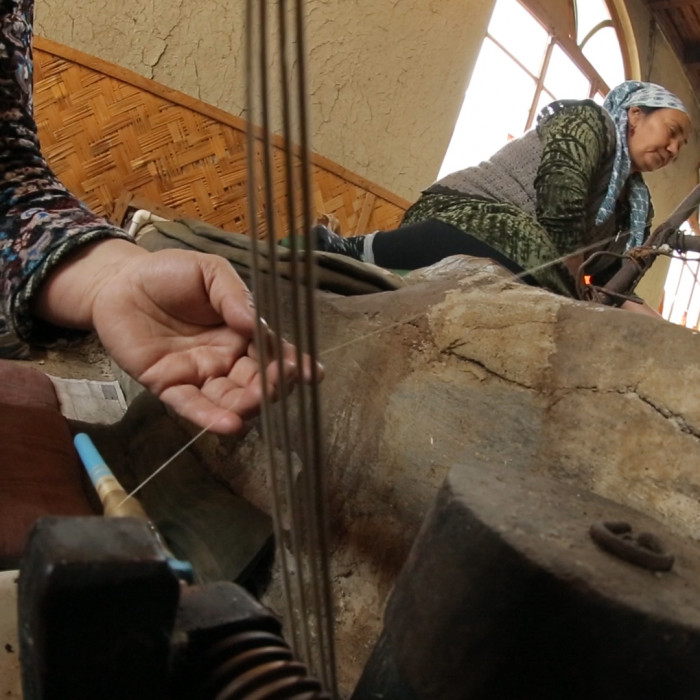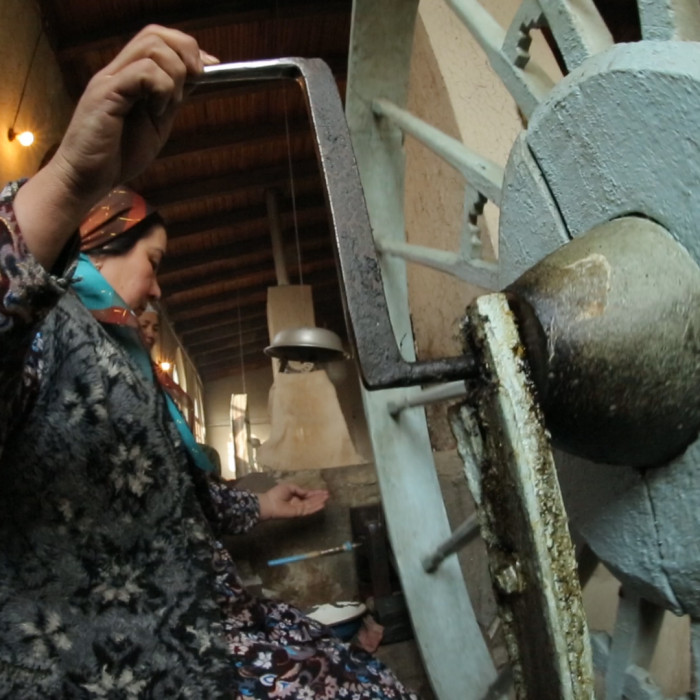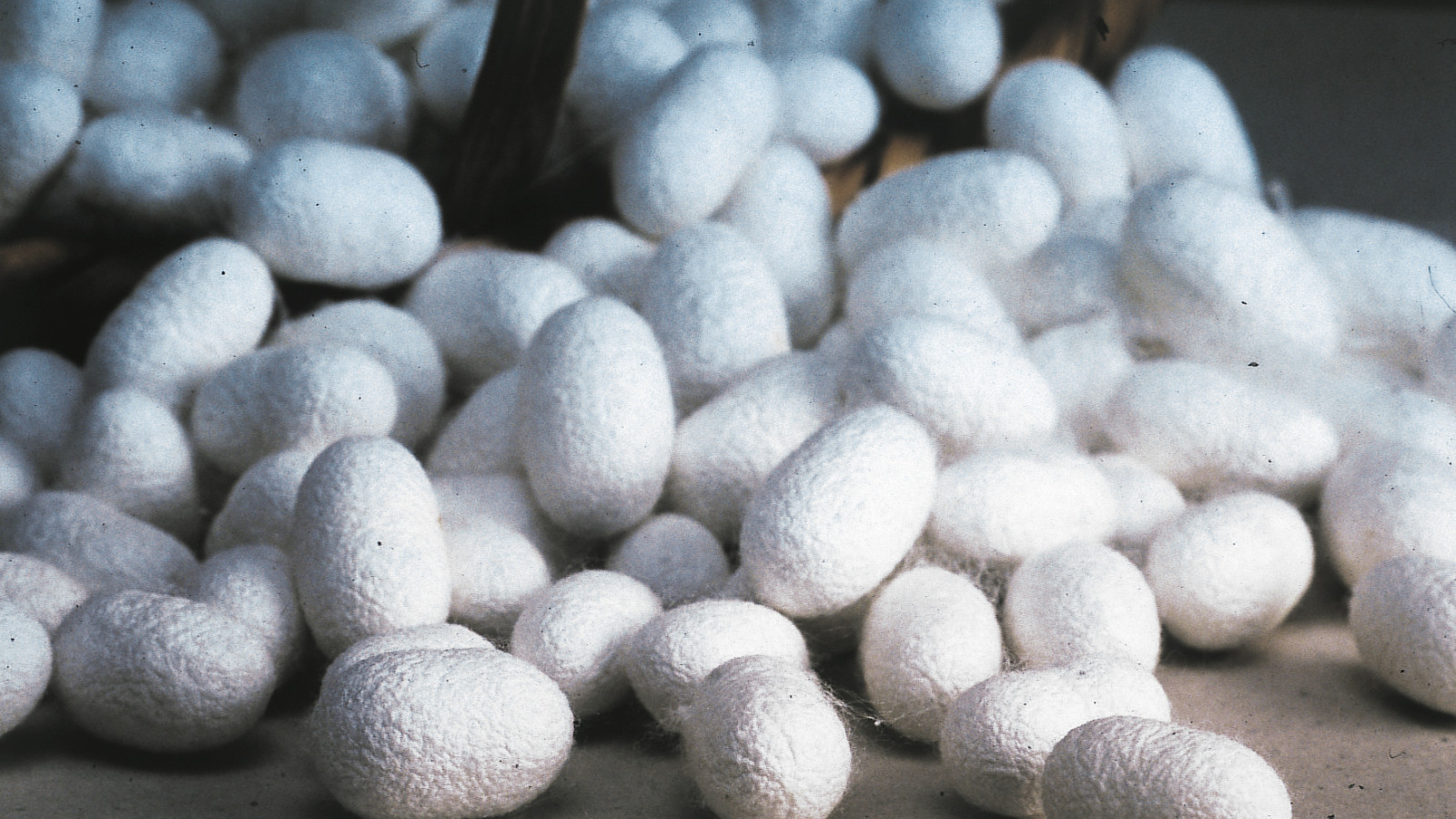
As a multicultural nomination file, Sericulture and Traditional Production of Silk for Weaving was inscribed on the UNESCO Representative List of Intangible Cultural Heritage of Humanity, during the 17th Session of Intergovernmental Committee for the Safeguarding of the Intangible Cultural Heritage. The session was held in Rabat, the capital of Moroco, between November 28- December 3, 2022. Accordingly, the number of Iran’s cultural elements inscribed on lists of Intangible Cultural Heritage reached 21.
Sericulture and the traditional production of silk for weaving is a kind of time-consuming and tough process, beginning from the production of raw materials resulting in the final applied products. The process consists of caring for the silkworms through their entire lifecycle, spinning silk fibers into silk threads, and using the threads in the production of a variety of handicrafts. Silk fabrics, carpets, rugs, curtains and some embroideries in which the silk threads play the key role, are among the main crafts involved. Silk products have been considered to be precious items throughout their history, which indicate the owners’ wealth and high social status.
Being invented by China, sericulture and traditional production of silk for weaving had been a multicultural concern since its introduction to the world of art, industry and trade. In a way that it sealed a well-known trade route with its name during the third millennium BC. Silk Road was the connecting route of China to the Mediterranean Sea, passing through central Asian and some western Asian countries. During the Sassanid period, the Persian silk was being exported to the entire world. The practice has been completely popular and prosperous, until very recently, especially in the northern provinces, Gilan and Golestan.
The Local Knowledge and Craft of Silk Production were previously inscribed on the National Heritage List in 2017. However, the recent file, “Sericulture and Traditional Production of Silk for Weaving”, was submitted with Afghanistan, Azerbaijan, Turkey, Tajikistan, Turkmenistan and Uzbekistan. It should also bementioned that seventeen items from Iran, or as multicultural files, had already gained the same UNESCO status, including: Traditional skills of carpet weaving in Kashan (2010), Radif of Iranian music (2009), Traditional skills of carpet weaving in Fars (2010), Music of the Bakhshis of Khorasan (2010), Pahlevani and Zoorkhanei rituals (2010), Ritual dramatic art of Ta‘zīye (2010), Naqqāli, Iranian dramatic story-telling (2011), Traditional skills of building and sailing Iranian Lenj boats in the Persian Gulf (2011), Qālišuyān rituals of Mašhad-e Ardehāl in Kāšān (2012), Flatbread making and sharing culture: Lavash, Katyrma, Jupka, Yufka (2016), Nawrouz, Novruz, Nowrouz, Nowrouz, Nawrouz, Nauryz, Nooruz, Nowruz, Navruz, Nevruz, Nowruz, Navruz (2016), Art of crafting and playing with Kamantcheh/Kamancha, a bowed string musical instrument (2017), Chogān, a horse-riding game accompanied by music and storytelling (2017), Traditional skills of crafting and playing Dotār (2019), Art of miniature (2020), Pilgrimage to the St. Thaddeus Apostle Monastery (2020), and the National programme to safeguard the traditional art of calligraphy in Iran (2021).
